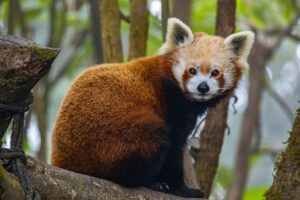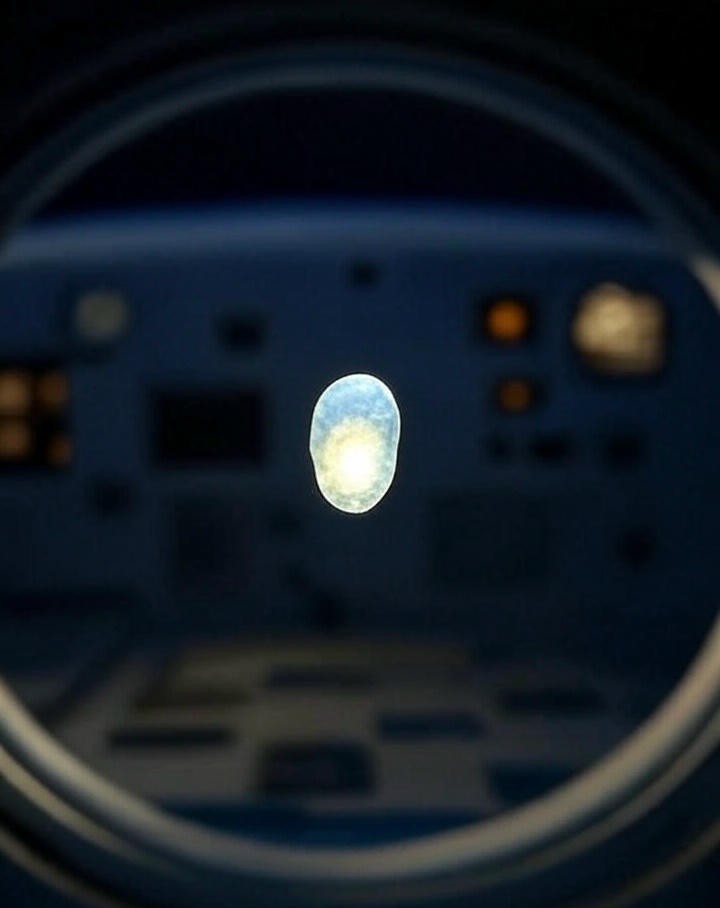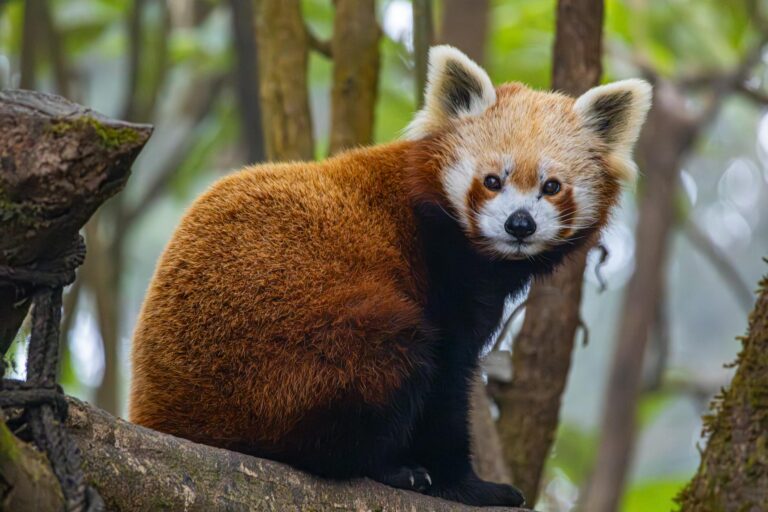New Microbe Discovered Aboard Chinese Space Station: A Breakthrough in Space Biology
Scientists have unveiled a groundbreaking discovery aboard the Chinese Tiangong space station. A never-before-seen microbe, named Niallia tiangongensis, has been identified. This finding offers significant insights into how life may survive and adapt in the extreme conditions of space. The discovery marks a pivotal moment in space biology and astrobiology research.
What Is Niallia tiangongensis?
Niallia tiangongensis is a new strain of bacteria discovered inside the Tiangong space station. The name is derived from its location of discovery, “Tiangong,” which translates to “Heavenly Palace” in Chinese. Scientists believe this microbe is a variant of a terrestrial bacterium that underwent changes in the unique environment of space.
Characteristics of the Microbe
This microbe belongs to the genus Niallia, a group of bacteria known for their resilience. Early studies suggest that the strain has adapted to survive in low-gravity and high-radiation conditions. These traits make it a valuable model for studying microbial behavior in extreme environments.
Researchers are particularly interested in its genetic makeup. Preliminary sequencing indicates mutations not commonly found in its Earth-based relatives. These changes may hold clues to how life adapts to space.
Why the Discovery Matters
The identification of Niallia tiangongensis is more than a scientific curiosity. It provides a unique opportunity to study microbial survival mechanisms. Understanding these mechanisms could have applications in space exploration and biotechnology.
Microbes like this could play a role in future space missions. They may help recycle waste or produce resources like oxygen and food. This discovery also raises questions about whether microbes can travel between planets, a concept known as panspermia.
How Was the Microbe Discovered?
Scientists collected samples from the Tiangong space station during routine maintenance. The samples included swabs from the station’s interior surfaces. These were then transported to Earth for detailed analysis.
The Analytical Process
The samples underwent rigorous testing in specialized laboratories. Scientists used advanced genetic sequencing techniques to identify the microbes. This process revealed the unique characteristics of Niallia tiangongensis.
The team compared the genetic data to existing microbial databases. This confirmed that the strain had not been previously identified. The discovery adds to a growing list of organisms found in space.
Challenges in Identification
Identifying new microbes in space is no easy task. The extreme environment can alter microbial behavior. Contamination from Earth-based organisms is another concern. Scientists took extra precautions to rule out such contamination.
The analysis required collaboration between multiple research institutions. This interdisciplinary approach ensured the accuracy and reliability of the findings.
Implications for Space Exploration
The discovery of Niallia tiangongensis has far-reaching implications. It contributes to our understanding of how life can survive beyond Earth. This knowledge is crucial as humanity prepares for long-term space missions.
Potential Benefits for Space Missions
Microbes that can thrive in space could be invaluable for future missions. They might be used to create self-sustaining ecosystems aboard spacecraft. For example, they could help recycle carbon dioxide into oxygen or break down waste into usable materials.
These applications could reduce the need for resupply missions. This would make long-term missions to the Moon or Mars more feasible. The discovery of Niallia tiangongensis is a step toward realizing these possibilities.
Broader Scientific Impact
The findings also have implications for astrobiology. They suggest that life might adapt to survive in environments previously thought uninhabitable. This could expand the search for life beyond Earth.
Researchers are now exploring whether similar microbes exist on other celestial bodies. If so, they could provide evidence of life’s resilience across the universe.
Future Research Directions
The discovery of Niallia tiangongensis is just the beginning. Scientists are planning further studies to understand its unique properties. These studies will focus on its genetic adaptations and potential applications.
Ongoing Experiments
Researchers are currently conducting experiments to test the microbe’s behavior under various conditions. These include simulations of Martian gravity and radiation. The goal is to understand how it might perform in extraterrestrial environments.
Preliminary results are promising. They indicate that the microbe could survive and even thrive in conditions similar to those on Mars. This opens up new possibilities for using microbes in planetary colonization efforts.
Collaborative Efforts
The research involves collaborations between Chinese and international scientists. This partnership aims to share knowledge and resources. Such collaborations are essential for tackling the complex challenges of space exploration.
The team is also working with biotechnologists to explore practical applications. These include using the microbe in waste recycling systems or as a bioindicator for environmental monitoring in space habitats.
Conclusion
The discovery of Niallia tiangongensis aboard the Chinese Tiangong space station is a landmark achievement. It provides valuable insights into microbial survival and adaptation in space. The findings could have profound implications for space exploration and biotechnology.
As scientists continue to study this microbe, it may unlock new possibilities for sustaining life beyond Earth. This discovery underscores the importance of international collaboration in advancing our understanding of the un











2 thoughts on “New microbe discovered aboard Chinese space station”